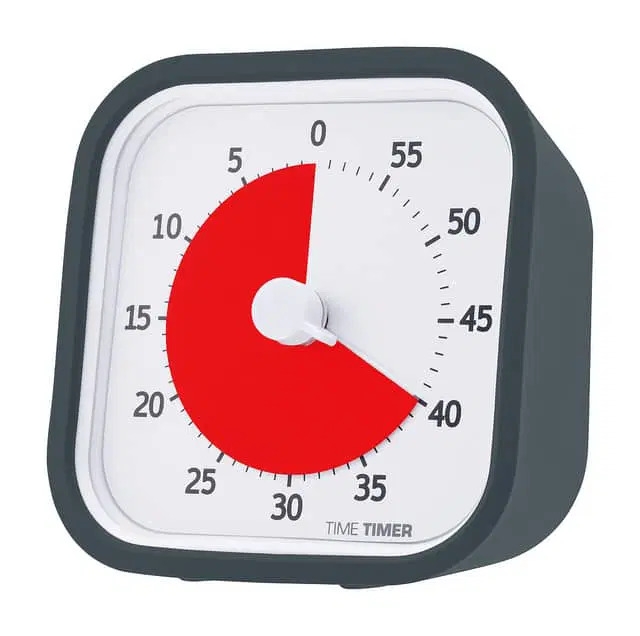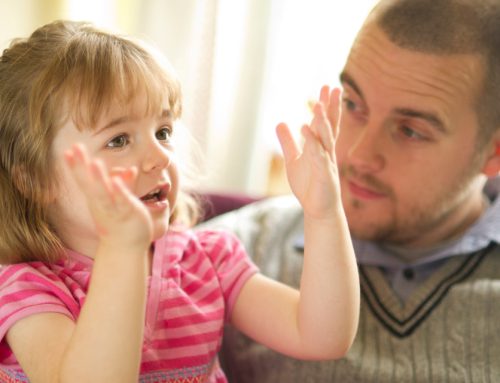Moving from one activity to the next can be a challenge for many children. Difficulties can be exacerbated when children need to move from a preferred activity to something not preferred … or when a child doesn’t understand what “in a few minutes we will pack up” means … or when a child has an innate need to finish what they started before being able to physically and mentally move on … or when a child has specific and sometimes perseverative interests that make it difficult to move away from certain activities or items.
Some of our children experience all of the above challenges simultaneously; the end result being that transitions often become an anxiety inducing situation both for the child and for the carer. Plenty of tantrums and some distressing meltdowns are triggered when children are required to transition from preferred tasks before they feel they are ready. Transitions from one activity to the next are required during our therapy sessions but also during every day routines e.g. moving from the TV to bed at bedtime, from the dinner table to the bath at bath time, and from play to pack up time at any time of day.
One of our families this week decided to revisit a therapy tool that had been recommended several years ago when her daughter, now 14, was just a pre-schooler. At that time, the Time Timer was recommended to help her daughter understand what the concept of ‘finished’ looked like and meant. The Time Timer is a simple visual timer. The user simply moves the dial to the amount of time until ‘finished’. The time left is revealed in bright red which gradually disappears as the time ticks by. This helps the child to ‘see’ or visualise the abstract concept of time and, by doing so, better understand and be prepared for when ‘finished’ will be. When time is up, the red is all gone and a beeping sound is heard.

The Time Timer worked well and fulfilled its purpose when this child was young, so why revisit this tool now? Well, difficulties with transitions can occur at any age and this young girl was experiencing a raft of challenges including not wanting to get out of the bath of an evening, taking considerably longer than all other family members to eat her evening meal at the dinner table, understanding when it was time for ‘screen time’ on her iPad to be over and not spending sufficient time to clean her teeth morning and night. On top of everything else that this family was dealing with on a day to day basis, I was so interested to hear of how and if the Time Timer could be off assistance again. Truth be told, I had my fingers crossed!
Happily I can report that, largely due to the reintroduction of the Time Timer (as well as amazing, supportive parents), this young girl can now:
- Get out of the bathtub when requested by her parents without fuss or refusal
- Pace herself more appropriately during meal times so that she now finishes her meal along with her other family members
- Spend 3 minutes cleaning her teeth morning and night largely unassisted
- Understand and cope with less anxiety and meltdown when her favourite activities need to end; especially those that don’t have an easily identifiable end point such as screen time, outdoor play and drives in the car.
We now have a much happier, more relaxed young girl in our therapy sessions, at school and at home.
For another of our lovely clients, we are currently trialling the use of the Time Timer to assist him in persisting with less-desirable or less-preferred activities at school including playing alongside other children rather than standing in the area ready for lining up to go back into class, and completing table top tasks that he does not find particularly interesting or engaging. We will have to keep you posted on his progress but early indications are that the Time Timer is already really helping him to manage these new expectations.





